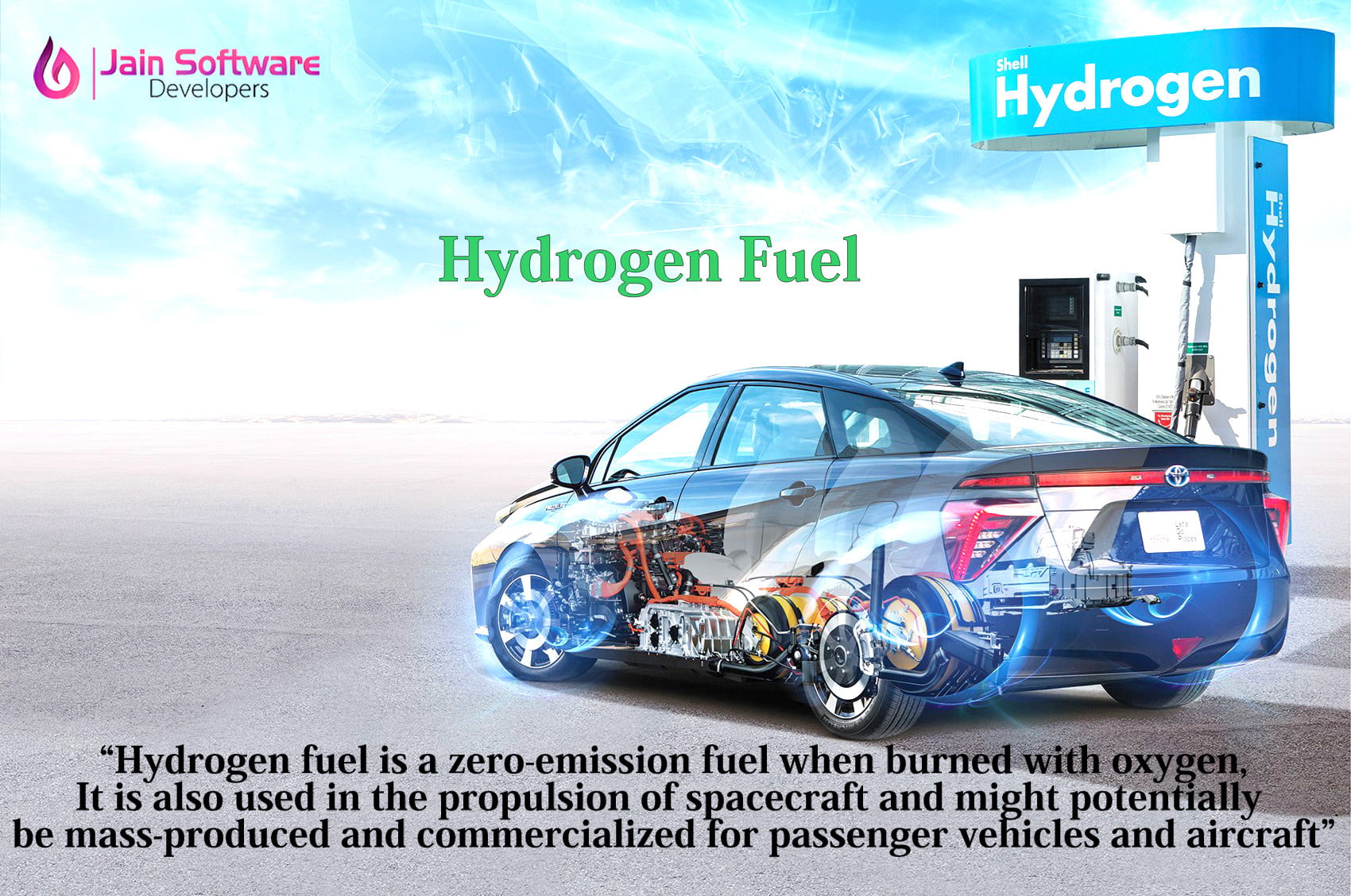What is Hawk-Eye?
In Business, Official BlogBy Author – Rishabh Sontakke
Hawk-Eye – The Technology Behind Precision in Sports
Introduction
Hawk-Eye is a cutting-edge computer vision system that has revolutionized sports officiating and analysis. It’s widely used in sports such as cricket, tennis, football, rugby, volleyball, badminton, and snooker to visually track the trajectory of the ball and display its most likely path in real time.
Developed in the United Kingdom by Paul Hawkins and now owned by Sony, Hawk-Eye has become a trusted tool since its introduction in 2001. The system uses six or more high-performance cameras strategically positioned around a stadium to capture the ball’s movement from multiple angles. These visuals are processed using triangulation to form a three-dimensional model of the ball’s flight path.
While not entirely error-free, Hawk-Eye achieves an impressive accuracy level of about 3.6 millimeters, making it one of the most reliable technologies for decision-making in modern sports.
How Hawk-Eye Works
The Hawk-Eye system relies on a combination of high-speed cameras and computer processors. When a ball is in play, each camera records its position frame by frame. The system then merges this data to create a 3D model that helps determine the ball’s direction, speed, bounce, and trajectory.
In cricket, for instance, Hawk-Eye divides each delivery into two stages — from release to bounce and from bounce to impact. This data helps calculate how the ball behaves after hitting the pitch, which is essential in making decisions such as Leg Before Wicket (LBW) calls.
Applications of Hawk-Eye in Different Sports
Cricket
Hawk-Eye was first used in 2001 during a Test match between England and Pakistan at Lord’s. Initially developed for broadcasting, it soon evolved into a critical tool for umpiring. By 2009, it became an official part of cricket’s Umpire Decision Review System (UDRS).
During LBW reviews, Hawk-Eye analyzes:
-
Where the ball pitched
-
The point of impact with the batsman
-
The projected path after impact
If the data meets the system’s thresholds, it confirms or overturns the umpire’s original call. Beyond decision-making, it also assists analysts in studying bowling accuracy, swing, and batting patterns.
Tennis
The International Tennis Federation (ITF) approved Hawk-Eye in 2005. It quickly became central to the sport’s Challenge System, allowing players to contest line calls during matches.
Each court is equipped with multiple cameras that track every shot. The data determines whether a ball landed in or out, and the system provides a visual replay for the audience. Players are usually given three incorrect challenges per set, with one extra allowed during a tiebreak.
Major tournaments like Wimbledon, the Australian Open, and the US Open use Hawk-Eye to ensure fairness and transparency. Although rare controversies occur due to marginal errors or lighting issues, Hawk-Eye remains the benchmark for electronic line-calling.
Football
In association football, Hawk-Eye serves as the foundation for Goal-Line Technology (GLT). Installed in top stadiums, it determines whether the entire ball has crossed the goal line. Referees receive instant alerts on their watches.
FIFA approved Hawk-Eye as an official GLT system in 2012, and it’s now widely used in major leagues such as the Premier League and Bundesliga, ensuring crucial goal decisions are made accurately.
Snooker
In snooker, Hawk-Eye enhances television broadcasts rather than officiating. It visually demonstrates shot angles, cue ball trajectories, and possible snooker situations. The BBC first introduced it during the 2007 World Snooker Championship, and it remains a staple feature for enhancing viewer experience.
Gaelic Games
Ireland implemented Hawk-Eye for Gaelic football and hurling at Croke Park in 2013. It helps determine whether the ball has passed between the posts for a valid score. Despite an early error during a youth match caused by human input, Hawk-Eye has since proven highly reliable and is now used in multiple Irish venues including Semple Stadium and Páirc Uí Chaoimh.
Australian Football
In 2013, the Australian Football League (AFL) tested Hawk-Eye at the Melbourne Cricket Ground (MCG) for score reviews. It helped umpires make accurate goal-line decisions and demonstrated how the technology could adapt to fast-paced sports.
Badminton
The Badminton World Federation (BWF) adopted Hawk-Eye technology in 2014 after extensive testing. It’s used to review disputed line calls and analyze shuttlecock speed and flight patterns. The system made its debut during the India Super Series that same year, marking a milestone in bringing advanced tracking technology to the sport.
Unification of Rules in Tennis
Before 2008, tennis organizations had different rules regarding Hawk-Eye challenges. In March 2008, the ITF, ATP, WTA, and Grand Slam Committee unified the regulations. Players now receive three unsuccessful challenges per set, plus one extra in a tiebreak. This consistency improved fairness and made officiating uniform across global tournaments.
Conclusion
Hawk-Eye has transformed the sporting world by adding transparency, precision, and fairness to competition. Whether confirming a boundary in cricket, a serve in tennis, or a goal in football, this technology ensures that every crucial moment is backed by accurate data.
Beyond officiating, Hawk-Eye contributes to performance analytics, player training, and audience engagement. Its combination of science, accuracy, and innovation makes it one of the most significant technological breakthroughs in sports — upholding the true spirit of fair play.







